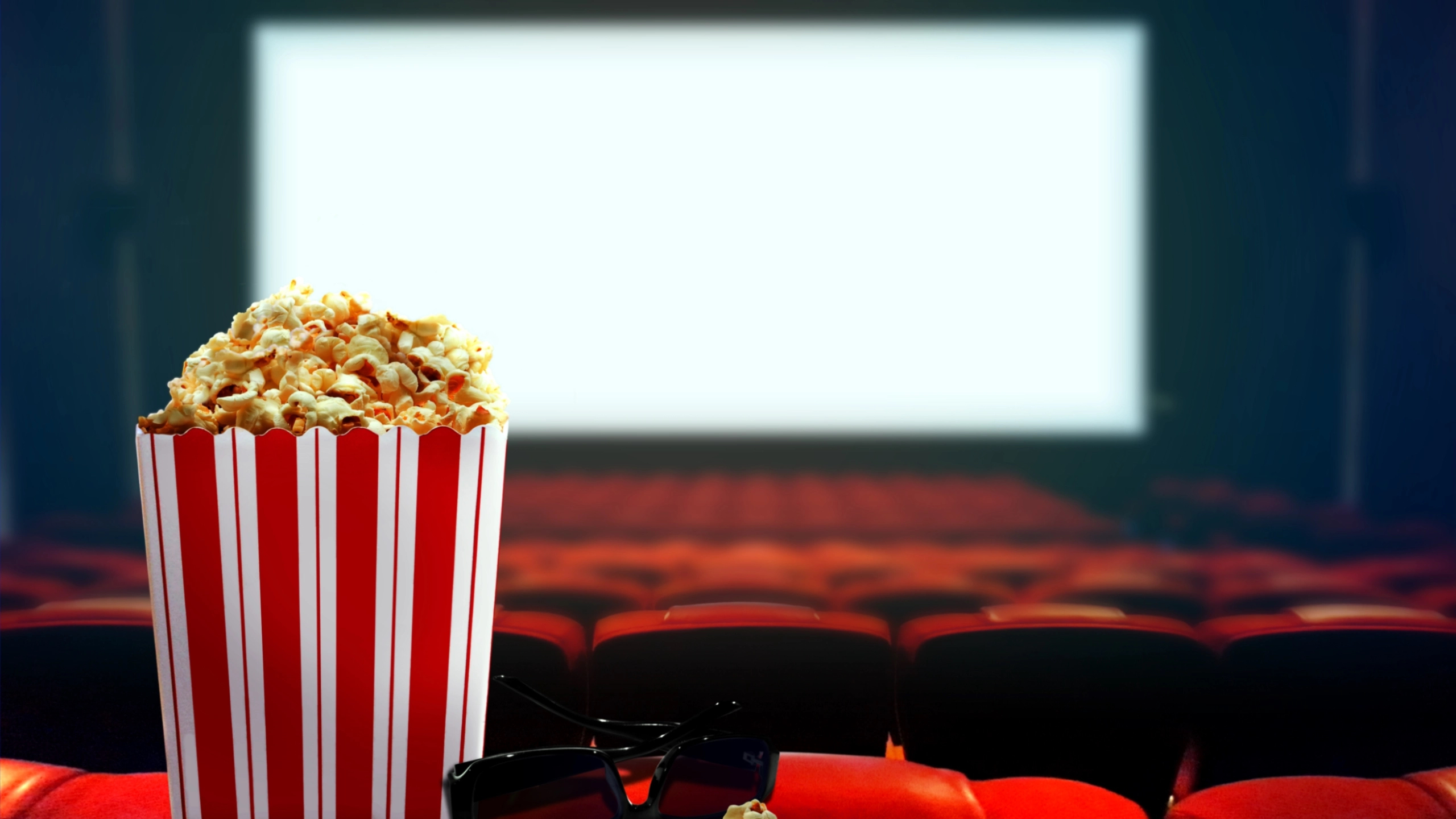
During the pandemic, the movie theater in my suburban New Jersey town closed down, as did the theaters in the towns on either side of us.
That means the closest theater to me is now a multiplex off the side of a highway about a 20 minute drive away. It’s an unpleasant experience for the most part — lots of lines, lots of noise, much confusion about which movie is in which theater, automated ticket machines that every third patron can’t seem to figure out.
And that’s before you get to the sticky floors and people talking and lighting up the theater with their cell phones.
Which is why I am not the least bit surprised that movie theaters are having a moment. (And not in a good way — attendance is way down.)
I seem to be in the minority though, as everyone else seems to be blaming it on the actual movies themselves.
“Too many comic book heroes!”
“The indie films are all too dark!”
The smarter way to stay on top of the streaming and OTT industry. Sign up below.
“There are no more movie stars!”
All valid points, but the main reason would still seem to be the overall experience of attending a movie in a theater compared to watching it at home on a 75-inch TV in your pajamas while seated on a large soft couch, with the ability to hit pause whenever you need a bathroom break.
That sort of gets swept under the table, but I’d say it’s a key factor along with the closure of multiple smaller theaters.
Not that the other patrons didn’t talk or whip out their cell phones in my hometown theater. It’s just that there were fewer of them compared to the multiplex.
There was also the convenience factor: It was a 10 minute walk or a four minute drive and there were a good dozen or so restaurants in walking distance for a pre- or post-movie meal.
Which is a long-winded way of saying that like hybrid work, hybrid moviegoing is here to stay.
That’s not a bad thing for the TV industry, though.
Movies, as we’ve seen, can easily be turned into franchises. Franchises that include full-on TV series, not just prequels and sequels. (That works the other way as well — series can be turned into movies.)
Films are generally less expensive to produce than full series and can be easily licensed to other services and actual theater chains, both in the U.S. and internationally.
They are also shorter than TV series. Much shorter. This is an under-appreciated virtue, largely, I suspect, because it is so offensive to cineastes.
But the fact that I can watch a movie over the course of two or three nights (rather than in a single contemplative sitting) warms the cockles of my time-starved heart, while simultaneously leaving me with a feeling of accomplishment I don’t get from all the half-watched 12 episode series I’ve started.
So that’s the upside
The downside is that the revenue from all those theatrical releases helped make the various studios a whole lot of money too.
And it was trackable: “Box office” was one of the few metrics from pre-internet days that was universally held to be accurate. A studio could tell how many people saw a new release, where and when. Not that they could do much once the movie was out other than change marketing tactics, but having all that data was worth something.
It’s trackable on streamin,g too, but the ultimate goal—to obtain and retain subscribers—is not as easily measured. Did the presence of Roma cause many people to get or keep a Netflix subscription? Was it one of many factors? Or was it a non-factor for most, who didn’t really care about movies with subtitles, even movies with really good Rotten Tomatoes scores.
So that is where we are at right now: blockbuster movies like the new Avatar, the sort of movies that look best on a 200 foot screen, will continue to do well in theaters.
But everything else looks like it is rolling towards streaming. That means studios will need to reconsider the deals they have with both theaters and with streamers and try to find a way to still remain profitable.
It will mean a readjustment of windows and a rejiggering of payments.
But at the end of the day it can be a good thing for all involved.
Studios will have to learn to work with smaller budgets and hit pause on some very expensive blockbusters.
Programmers will need to figure out a way to promote their movies, bearing in mind that movie content has proven very popular on the FASTs and that there’s an audience out there.
Budgets for most films probably won’t be as large. It is, in many ways, a similar problem to the one TV companies are facing as they adjust to a future without carriage and retrans fees.
And those five dollar Cokes and $10 popcorns? They’re bound to be the first victims as movie-goers realize that the best thing about at-home viewing is the ability to provide your own snacks.
Alan Wolk is the co-founder and lead analyst for media consultancy TV[R]EV

